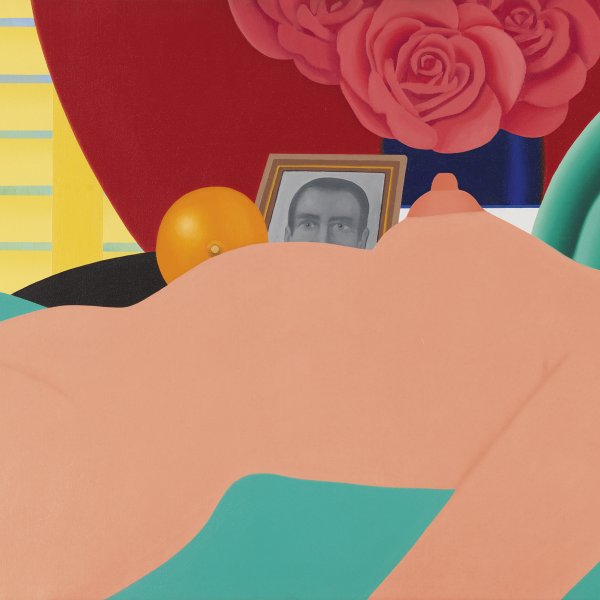Tom Wesselmann
Cincinnati, 1931-New York, 2004
Famous for his large female nudes, the painter Tom Wesselmann embraced the artistic sensibility that dominated the American art scene of the early 1960s and was known as Pop Art.
Wesselmann’s first foray into the art world came when he was conscripted in 1952 during the Korean war and, while serving in Kansas, produced a series of comic strips criticising military life. In 1954 he resumed his psychology studies at the University of Cincinnati and in 1956, after finishing his degree, he decided to become a professional cartoonist and moved to New York. There he studied at the Cooper Union School of Art and Architecture and finally, after graduating, he decided to take up painting.
Wesselmann’s beginnings as a painter were marked by the influence of Willem de Kooning and his interest in creating a new approach to real objects. His later work denotes the presence of certain aspects of Matisse, Van Gogh and Modigliani. The collages dating from this period, made from cuttings of advertisements, represented female nudes or still-life scenes, which foreshadowed the two major themes that were repeated throughout his lifetime. In 1961, the year that the Tanager Gallery first exhibited his work, he started on his Great American Nude series. In these large, intensely coloured female nudes, Wesselmann eschewed detail in order to convert the image of the female body into a depersonalised sex symbol. The eroticism of these images became increasingly marked as his career progressed.
In 1980 he wrote an autobiography which he signed under the pseudonym Slim Stealingworth.
Wesselmann’s first foray into the art world came when he was conscripted in 1952 during the Korean war and, while serving in Kansas, produced a series of comic strips criticising military life. In 1954 he resumed his psychology studies at the University of Cincinnati and in 1956, after finishing his degree, he decided to become a professional cartoonist and moved to New York. There he studied at the Cooper Union School of Art and Architecture and finally, after graduating, he decided to take up painting.
Wesselmann’s beginnings as a painter were marked by the influence of Willem de Kooning and his interest in creating a new approach to real objects. His later work denotes the presence of certain aspects of Matisse, Van Gogh and Modigliani. The collages dating from this period, made from cuttings of advertisements, represented female nudes or still-life scenes, which foreshadowed the two major themes that were repeated throughout his lifetime. In 1961, the year that the Tanager Gallery first exhibited his work, he started on his Great American Nude series. In these large, intensely coloured female nudes, Wesselmann eschewed detail in order to convert the image of the female body into a depersonalised sex symbol. The eroticism of these images became increasingly marked as his career progressed.
In 1980 he wrote an autobiography which he signed under the pseudonym Slim Stealingworth.



